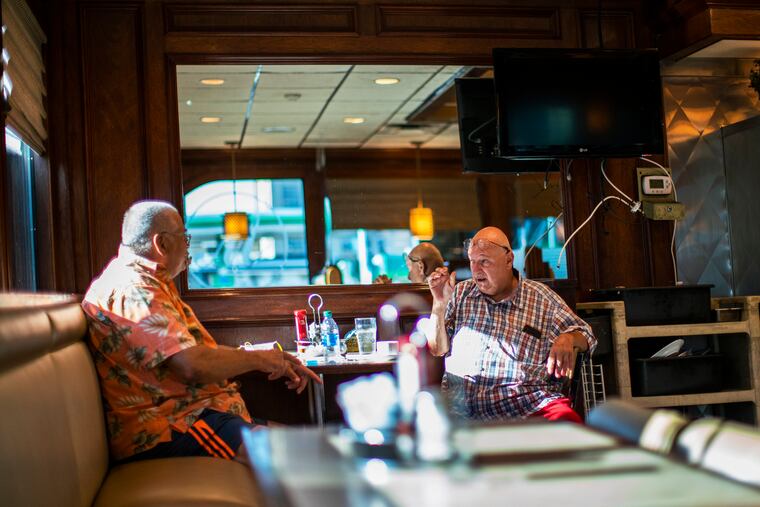CDC report finds COVID-19 patients were twice as likely to have dined at a restaurant, but some experts are cautious
A new report by the CDC found that people who tested positive were twice as likely to have dined at a restaurant.

A new report by the CDC found that people who tested positive were twice as likely to have dined at a restaurant.
